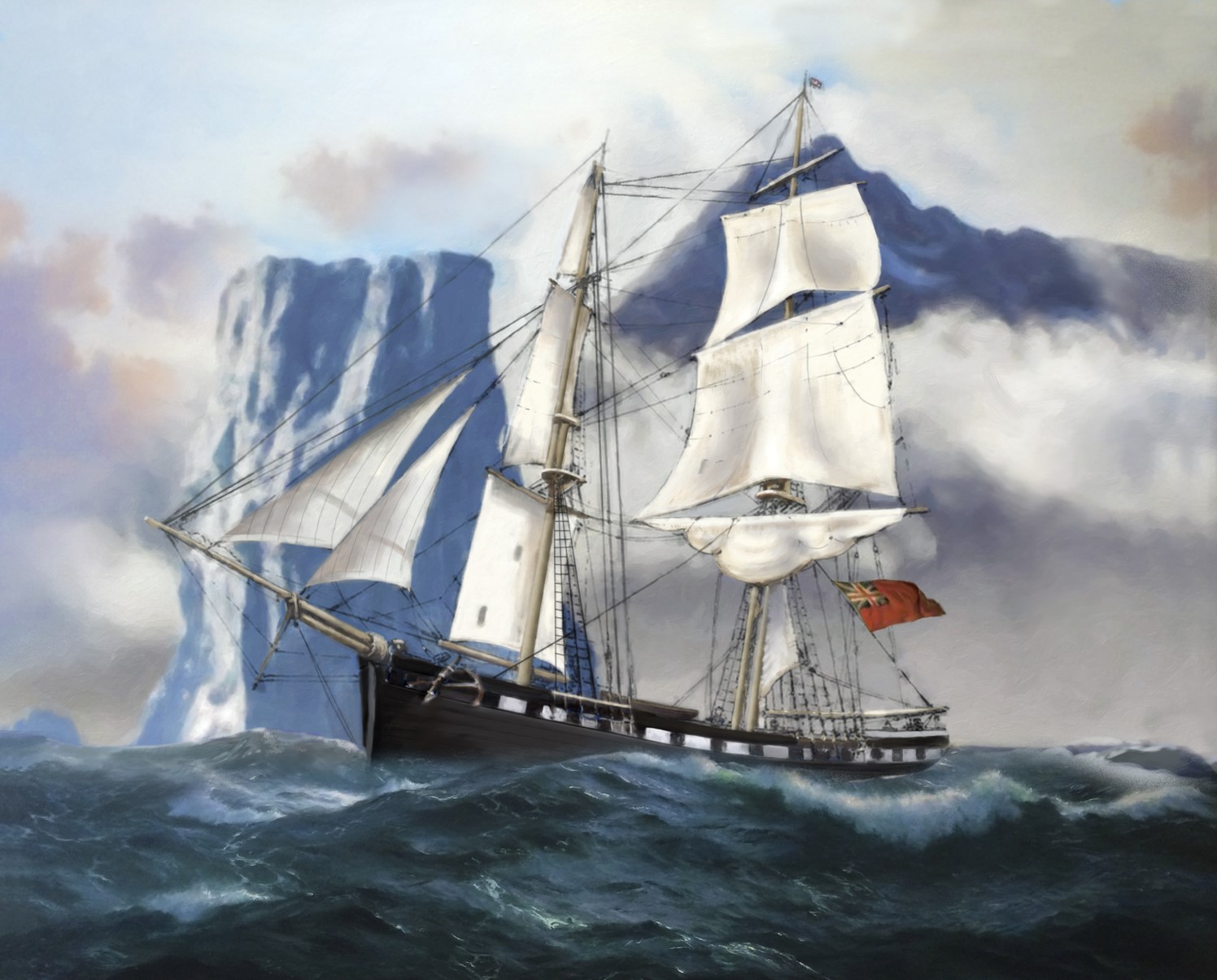2019 marked 200 years since the discovery of what was then named ‘New South Britain’. This discovery, by the British Master Mariner William Smith, triggered a series of later discoveries, ultimately leading to what we know today as ‘Antarctica’.
A series of events and activities across the UK, including regions with an Antarctic links, will be taking place to mark this significant anniversary.
- Check out our stamp design competition for 4-17 year olds.
- Throughout 2020, the UK Antarctic Heritage Trust will be celebrating 200 years of Antarctica, bringing it to towns and cities through an innovative arts, education and events programme. Find out more and what’s on near you at Antarctica in Sight.
Key Discovery Dates
19 February 1819 – William Smith in the Williams discovers what are known today as the South Shetland Islands.
16 October 1819 – William Smith in the Williams lands on King George Island – the first landing on Antarctic territory.
27 January 1820 – Fabian Gottlieb van Bellingshausen first sights ice shelves which comprise the Antarctic mainland (discovery of Antarctica).
30 January 1820 – Edward Bransfield sights land on the Antarctic Peninsula (both ice and land), on board Williams mastered by William Smith
16 November 1820 – Nathaniel Palmer sites Trinity Peninsula. US crew first to land on peninsula (16 November 1820)
6 December 1821 – George Powell on board the Dove discovers (with Palmer on the James Monroe) the South Orkney Islands
Learn more
We used #UKinAntarctica200 to share some snippets of the UK’s history in Antarctica.

